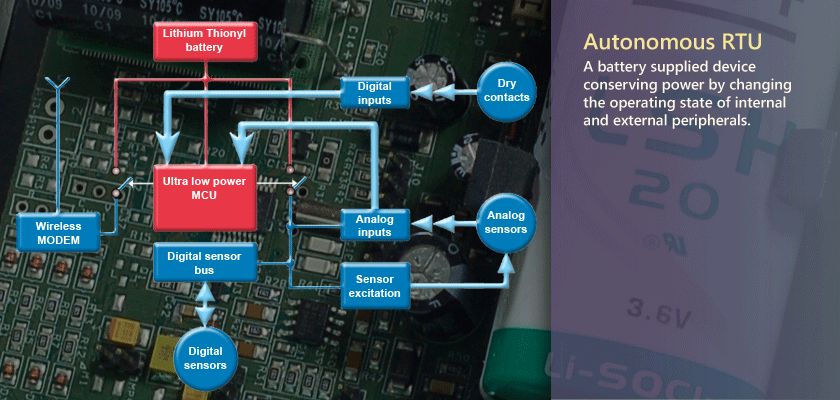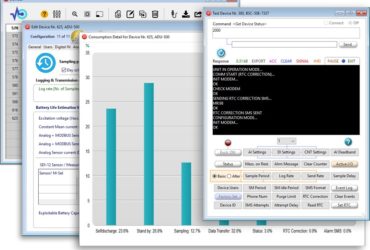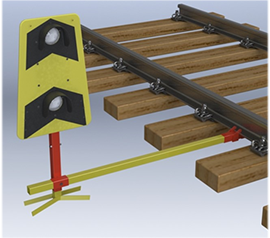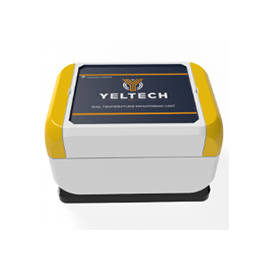
Introduction
‘Autonomous’, from Ancient Greek ‘αυτόνομος’, means ‘governed by its own law’. Autonomous RTUs are power network independent devices, opening up new horizons for telemetry in off-grid areas.
An autonomous RTU features in measuring capabilities and contains a wireless MODEM for data and alarm transmission. It can also provide all necessary circuits for powering measuring transducers and sensors. The device is commonly powered by an internal battery and is housed in a IP66 to IP68 enclosure for outdoor use. The battery lifetime requirements extend from few months to 15 years. Another common requirement is continuous, maintenance free operation in harsh environmental conditions and extended temperature ranges.
Operating principle
A system controller (ultra low power MCU) is in continuous operation with two main tasks:
- Performing measurement, data recording and detecting an alarm condition.
- Controlling power of internal and external functional elements in order to extend battery lifetime. The principle is to power functional sections, according to user defined time schedules, e.g. an external transducer every 15 minutes to take a measurement.
Infinite’s autonomous RTUs utilize a dual processor architecture in order to combine extreme low power consumption with advanced processing and communication characteristics. A powerful communication processor, switched on and off by the system controller, performs data processing and controls communications through the internal wireless MODEM. The result is up to 50% power saving comparatively to respective units of the competition, while operating on the same tasks.
System comparison
In the following, two off-grid telemetry solutions are compared: A classic system using a solar cell as power source, with an autonomous solution powered by one or more Lithium Thionyl (Li-SOCl2) batteries. Solar cell powered stations use NiCd, NiMH or Lithium Ion rechargeable batteries for energy accumulation.
| Subject | Solar powered RTU | Autonomous RTU |
|---|---|---|
| Daily energy consumption | 48 mAh (An average 2 mA current draw is assumed). | 3.3 mAh (2 mA during sampling, 40 μA in idle state, sampling period at 5 minutes). |
| Maintenance free operation | 2-3 years. The rechargeable cell’s capacity diminishes over time. Current delivery is reduced due to increase in internal resistance over time. | Up to 15 years. The Lithium Thionyl battery features undiminished voltage level and current delivery during almost 98% of its lifetime. |
| System power supply | Complex, costly. | Simple, low cost. |
| Ambient temperature | Frost protection for the solar cell is required at lower temperatures. Solar cell efficiency is lowered and rechargeable battery life is shortened at temperatures over 40°C. | Infinite’s autonomous devices operate at temperatures between −40°C and +65°C. |
| Weather conditions | Smooth operation depends on sufficient sunlight. | Weather independent. |
| Overall system size | Massive, provoking vandalism. | Minimum sized, compact, unnoticeable. |
| Minimum sampling period | Down to a few seconds, according to the availability of the renewable energy source. | 1 minute (5…15 minutes, typ) for preserving a reasonable battery lifetime. |
Devices
| Product | Description |
|---|---|
| ADU-500 RTU | Battery powered RTU/Data Logger |
| AERINOS BSC-50D | Alarm via SMS |
| BSC-50E RTU | Battery powered RTU/Data Logger |






